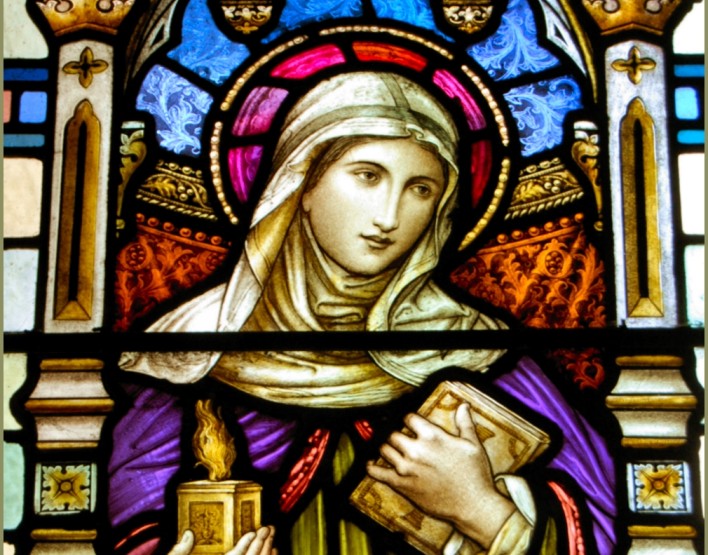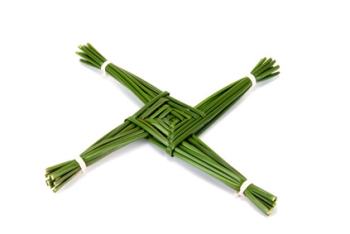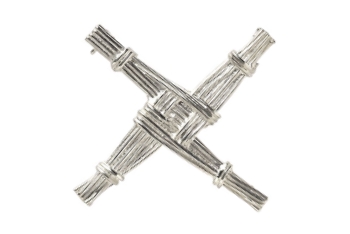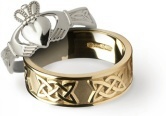Blog Categories
Blog CategoriesLa Fheile Bride - February 1st is Saint Brigid’s Day
February 1st is known as La Fheile Bride in Ireland or Saint Brigid’s Day. We look at the traditions associated with Saint Brigid in Ireland and the importance of her Feast Day on February 1st and the iconic Saint Brigid’s Cross.
Saint Brigid was known as a fertility goddess. On the eve of Imbolc she was said to visit the households of good and virtuous people and bless those there as they slept.
 |
| Saint Brigid |
Saint Brigid was a very important representation for this time of year in Ireland moving from the winter to the spring. Her presence marked the lighter half of the year and she had the power to bring people from the dark season of winter in to the springtime.
The festival of Imbolc marked the start of spring and families across Ireland would have a big supper to mark the end of winter. They would set aside food and drink for Saint Brigid and before going to bed they would set aside items of clothing or small strips of cloth and these would be put outside the house to bless. The next morning they would take these in and they would be then believed to have powers of healing and protection.
Another tradition around Saint Brigid was that families would rake the ashes of their fires smooth before going to bed. In the morning, they would examine these ashes to look for some kind of mark to check for a sign that Saint Brigid had visited.
One of the more famous traditions around Saint Brigid was said to have started back in the 18th century when the custom was to gather a bundle of rushes and then stand at the front door of the house. The occupant would shout the equivalent of: “Brid, Brid, come to my house tonight. Open the door for Bride and let Bride come in”. This bundle of rushes would then be put across the floor and used as a carpet or a bed for Brigid. They would shout: “Brid, Brid, come in, thy bed is ready”.
Another interesting tradition around Saint Brigid was the Brideog, also called a Biddy. This was a doll-like figure of Brigid made from reeds or rushes and it would be covered in bits of cloth, flowers and shells. Girls from the villages and towns would then carry their Brideogs and march in a procession singing a hymn to Brigid, wearing white in their hair to symbolize purity and youth. They would go from house to house receiving decorations and food. They would end the day with a feast and put the Brideog to ‘bed’ singing lullabies. Following the feast, the young men of the village were permitted to join the girls for dancing, having asked permission from Brigid.
While most of these ancient traditions have now died out the tradition of the Saint Brigid’s Cross is still very much alive in Ireland today and continued on in churches and in schools all around the country.
 |
 |
| Saint Brigid's Cross | Saint Brigid's Cross Jewelry |
Brigid’s Crosses are still to this day made at Imbolc. They are made in a cross shape from rushes with a square shape in the middle and then four arms coming along each side. They were hung over doors and windows of houses and barns and stables as a sign of protection. They were left there for a year until the next Imbolc.
The tradition of Saint Brigid lives on to this day - many houses in Ireland today still have a Brigid’s Cross in a prominent position all year around.
